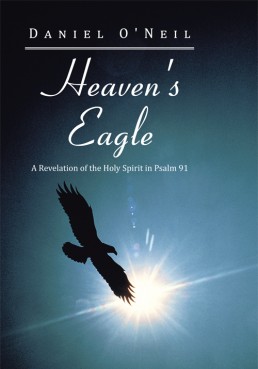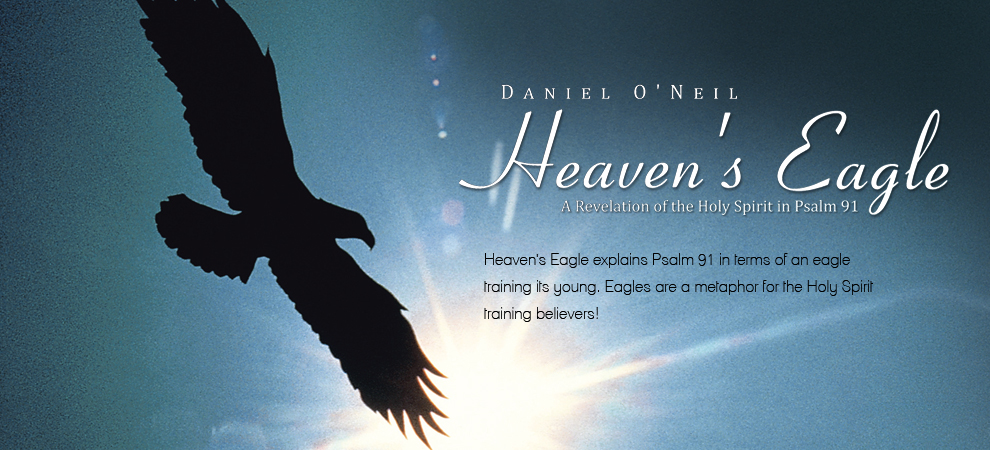
Heaven’s Eagle
Heaven's Eagle is a commentary on one of Scripture's most beloved passages, Psalm 91. It examines how God dealt with Moses, the author of the poem, using the figure of an eagle to describe the ways of the Holy Spirit. In Heaven's Eagle you'll learn many fascinating insights, such as:
- The eagle of Psalm 91 corresponds closely to the imagery of the Passover.
- The cleft of the rock, where God hid Moses, is actually the place where eagles nest.
- When Israel crossed the Red Sea, they were preceded by tens of thousands of eagles.
- The eyesight of an eagle demonstrates seven ways the Holy Spirit gives the believer vision.
- The eagle's mastery of wind gives deep insight into the ways of the Spirit.
- Tales in many cultures speak of eagles fighting dragons, types of Satan and Antichrist.
- Eagles are raptors that carry away prey, much as the Holy Spirit will rapture believers.
Heaven's Eagle is a valuable reference that will give you deeper understanding of Psalm 91 and other Biblical passages that speak of the Holy Spirit in the metaphor of an eagle!

